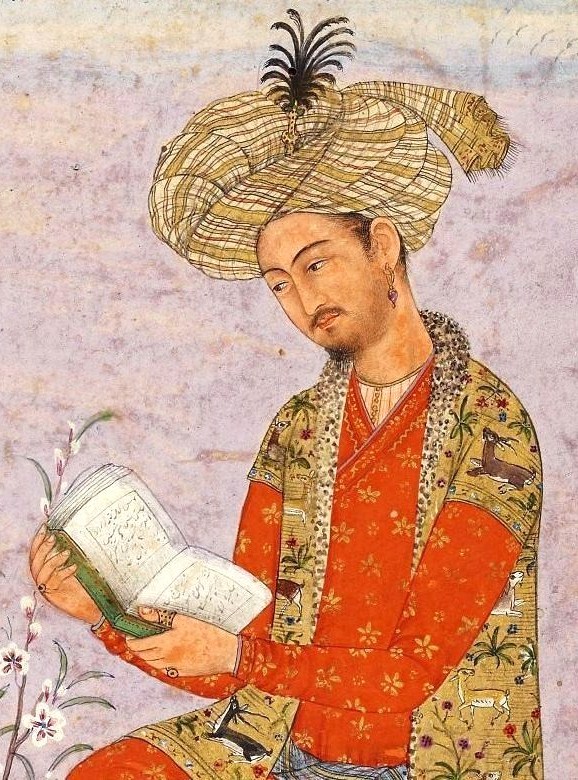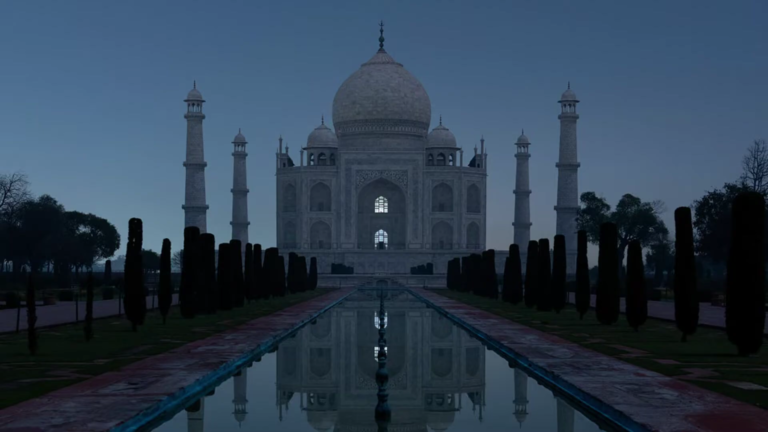Agra is a city located on the Yamuna River bank in the Indian state of Uttar Pradesh. Hindu history claims that the Sanskrit word Agra, which means the first of many groves and little forests where Krishna (God) frolicked with the Gopis (Girls) of Vrindavan, Agra, also known as Akbarabad in the Mughal Era. The Muslim ruler of the Delhi Sultanate, Sikandar Lodi, founded Agra in 1504. The other modern side of Agra was founded by Akbar in 1558 and is known all over the world as the city of Taj. After the death of Sultan in 1517, the city went into the hands of his son, Sultan Ibrahim Lodhi. He ruled his sultanate from Agra until he was defeated and killed by Mughal Emperor Babar in the first battle of Panipat, fought in 1526. This marked the beginning of a golden age for Agra, as it became the capital of the Mughal Empire during the reigns of Akbar, Jahangir, and Shah Jahan.
TAJ MAHAL: A Monument of Love
The Taj Mahal, often referred to as the “Crown of Palaces,” is one of the most iconic structures in the world, an ivory-white marble mausoleum on the right bank of the Yamuna River in Agra, Uttar Pradesh, India.
AGRA FORT: A Bastion Power
It may represent love and beauty as with the Taj Mahal, but this fort symbolises strength and endurance. The immense fortification stands around 2.5 km northwest of the Taj Mahal. This was actually the residence of the Mughal emperors till 1638. Agra Fort actually came into existence way back in the 11th century, when it was nothing but a simple brick fort known as “Badalgarh.” However, it was in the reign of Emperor Akbar that this very fort had been developed into the impressive shape we witness today. In 1565, Akbar started the reconstruction of the fort in
ITMAD-UD-DAULA: The Mini Taj
It’s a mausoleum in the city of Agra in the Indian state of Uttar Pradesh. Often described as a “jewel box,” sometimes called the “Bachcha Taj” or the “Baby Taj,” the tomb of Itmad-ud-Daula is often regarded as a draft of the Taj Mahal.




